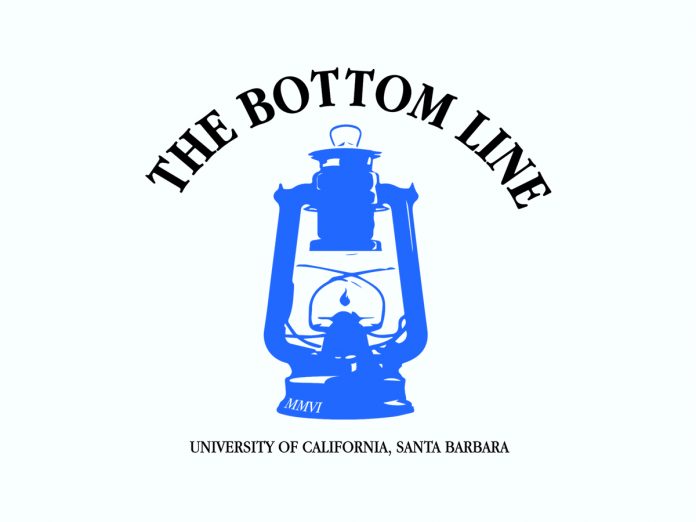Eliseo Manzo
The post-midterm lull has set in, as winter courses wrap up before the inevitable stress-inducing caffeine binge that is finals week at UCSB. Harnessing the motivation to make these last classes can be difficult.
Classes in Campbell Hall, or Embarcadero, or just about any other big lecture hall can look startlingly empty during this time of the quarter. Fatigue and infrequent rain showers make it especially hard for students to drag themselves out of their cozy nests of warm blankets and pillows on these cold winter mornings, leaving professors questioning the usefulness of their teaching.
Faculty receive answers to some of these questions through the course evaluation system: those familiar pink sheets that are supposed to give the professors, teacher’s assistants and department administrators a chance to listen to their students’ opinions on their courses and teaching methods through anonymous surveys.
However, to some students, these course evaluations can seem like a mere administrative formality without any real potential for improving the professor’s teaching method going forward.
The cynics promptly get up and walk right out of class after being handed their course evaluation sheets, believing that the comments of a lowly undergrad won’t matter to a tenured professor. But they are wrong; course evaluations do matter to professors because they matter to the administrators overseeing their respective departments.
The information compiled from the course evaluation survey data gives the administrators valuable insight into the overall quality of teaching happening in their department, ensuring that things are moving in the right direction.
By gathering course evaluations from all the courses offered within the department, the administrators can see the broad view of the quality of teaching happening in their department. This gives them the necessary context needed to promote healthy change by identifying the outlying courses and focusing their efforts on emulating what they are doing right or improving on what they are doing wrong.
This is where the willingness to improve on behalf of students and faculty becomes the catalyst for improving the overall quality of education offered by the university. The course evaluation system gives the students a platform to provide the school with the feedback that is vital to maintaining a standard of excellence within the university.
If a certain professor is not successfully facilitating the concepts of the course, it is the student’s obligation to let them know that their teaching methods did not help them learn effectively. Through honest and concise feedback on course evaluations, students can help professors identify the deficiencies in their course so that they can make the adjustments that will ultimately benefit both parties.
Of course, this is all predicated on the assumption that professors and administrators are actively pushing to improve their departments, which may not always be the case. Even in the most successful organizations, complacency is always a very real risk where present success is assumed to continue indefinitely. When the reality is that, in order to maintain success, there should be an understanding that things can and should be constantly improved upon.
So the next time that you are thinking about leaving class early, rather than completing the course evaluation forms, consider your privilege as a UCSB student with a real opportunity to actually improve the quality of education here. Do your part, and trust that the professors and administrators will do theirs.











